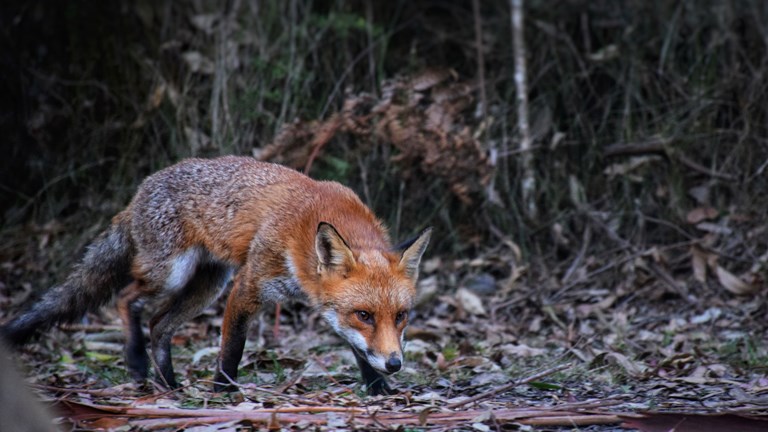
Red Fox
Vulpes vulpes
Leipoa ocellata
Malleefowl populations have dropped significantly since European settlement and are in danger of disappearing completely without active conservation programs. Eggs and young birds are favoured prey of the introduced Red Fox. Loss of habitat from clearing, fires and grazing is a major concern for this species. Mallefowls are also vulnerable to extinction as food supplies dwindle from drought.
Malleefowl
Malleefowls live in arid mallee eucalypt shrublands with sandy soil. They were once common over much of southern Australia but now are very restricted.
Malleefowls have large feet and stocky legs for digging and building mounds. They forage for food on the ground and roost in trees at night. They do not fly long distances and tend to freeze rather than flee when disturbed. This species is known as lawan by the Wemba Wemba people of the Swan Hill area.
Malleefowls are wonderfully camouflaged with subdued and mottled plumage that matches the colours of their environment. However, the mounds that they build are conspicuous additions to the landscape, sometimes reaching over 20 metres wide.
The mounds are made by male Malleefowls from leaf litter and soil and take months to construct. Females lay their eggs are laid in a deep hole in the mound. Using their beaks as a thermometer, male Malleefowls monitor the mound’s temperature and add or remove material to maintain ideal incubation conditions.
Pairs of Malleefowls occupy large territories around the breeding mound. In September, females begin laying eggs, each up to 10% of her weight. The average clutch is around 18, and eggs begin hatching after 50–100 days, depending on temperature.
The hatchings are independent and dig their way out of the mound over 2–15 hours. Once they emerge, they leave the nest to fend for themselves. Many young Malleefowls die from starvation and predation.
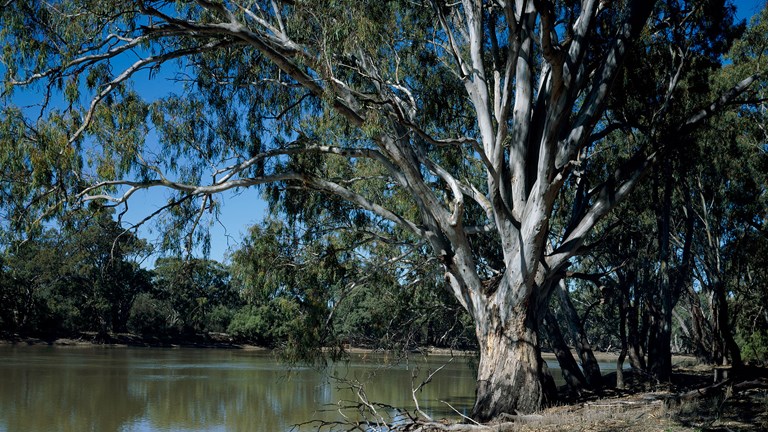
There are many types of dry forests in Victoria including stringybark, red gum, grassy woodlands and the remnants of the once great box–ironbark forests.
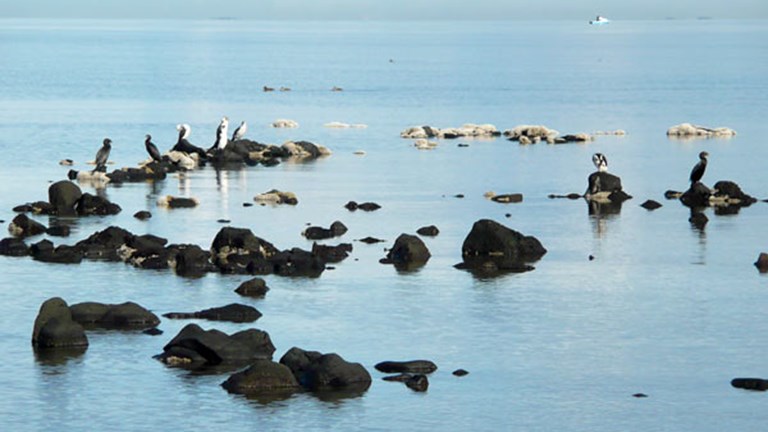
Victoria’s coastal wetlands are significant places for wildlife, with many listed in international conventions to protect the habitat of migratory birds.
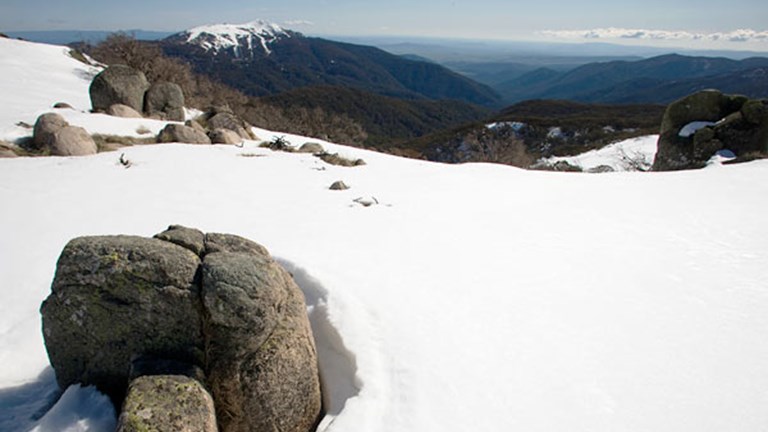
The Victorian Alps extend from the plateaus of Lake Mountain and Mt Baw Baw to peaks such as Mt Feathertop and the headwaters of the Murray River.
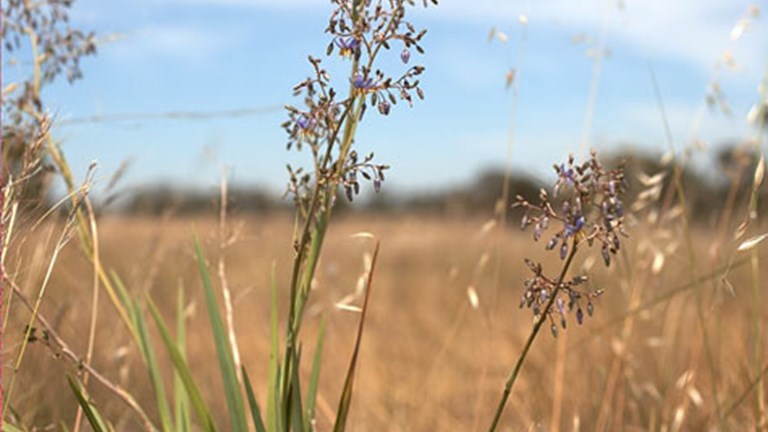
When the first Europeans arrived in Victoria there were grasslands on the vast, undulating western plains, on the northern plains and in Gippsland.
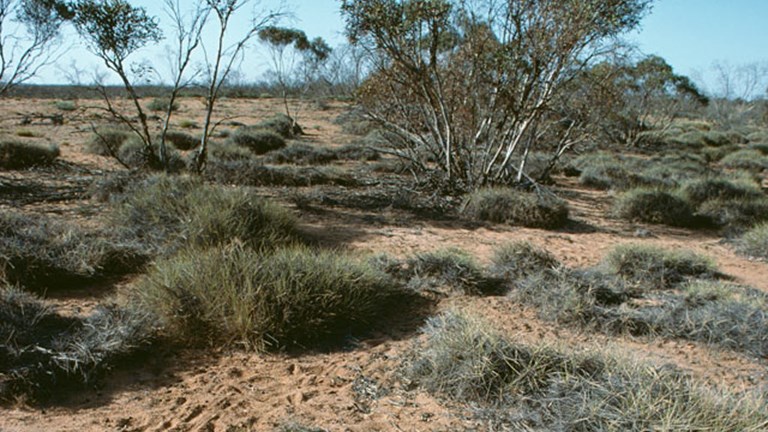
The Victorian Mallee in the north-western corner of the state has a mosaic of vegetation types adapted to low rainfall and sandy soils.
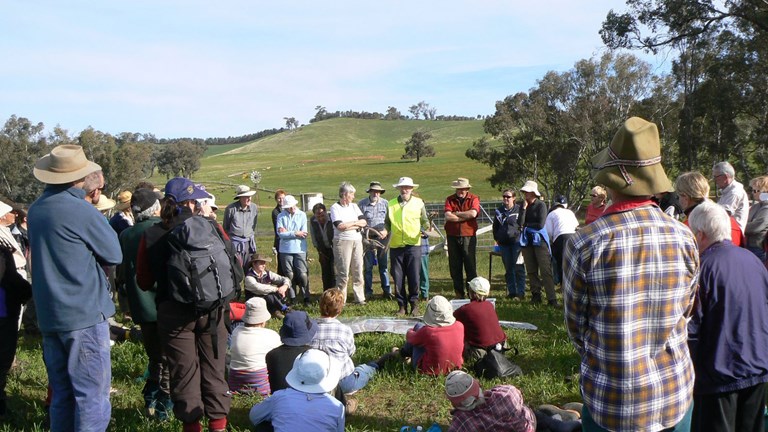
Find out about the issues affecting our special places and the plants and animals that live in them, and discover some ways you can help.
We are making improvements to our website and would love to hear from you about your experience. Our survey takes around 10 minutes and you can enter the draw to win a $100 gift voucher at our online store!
Museums Victoria acknowledges the Wurundjeri Woi Wurrung and Boon Wurrung Bunurong peoples of the eastern Kulin Nations where we work, and First Peoples across Victoria and Australia.
First Peoples are advised that this site may contain voices, images, and names of people now passed and content of cultural significance.